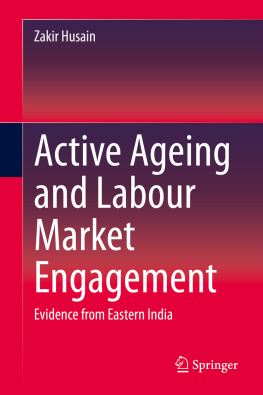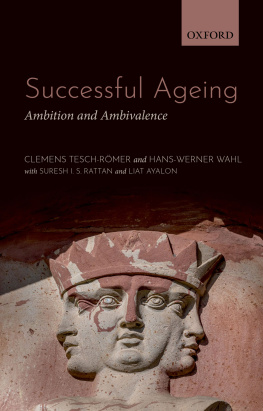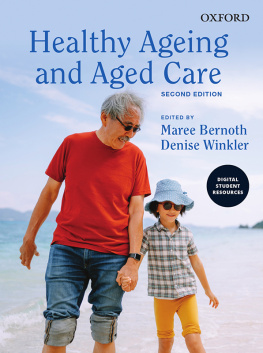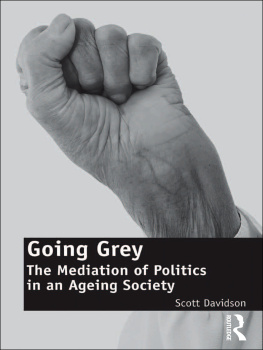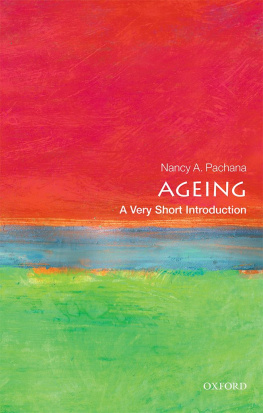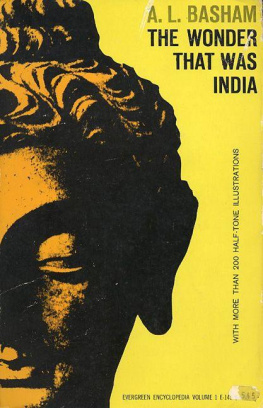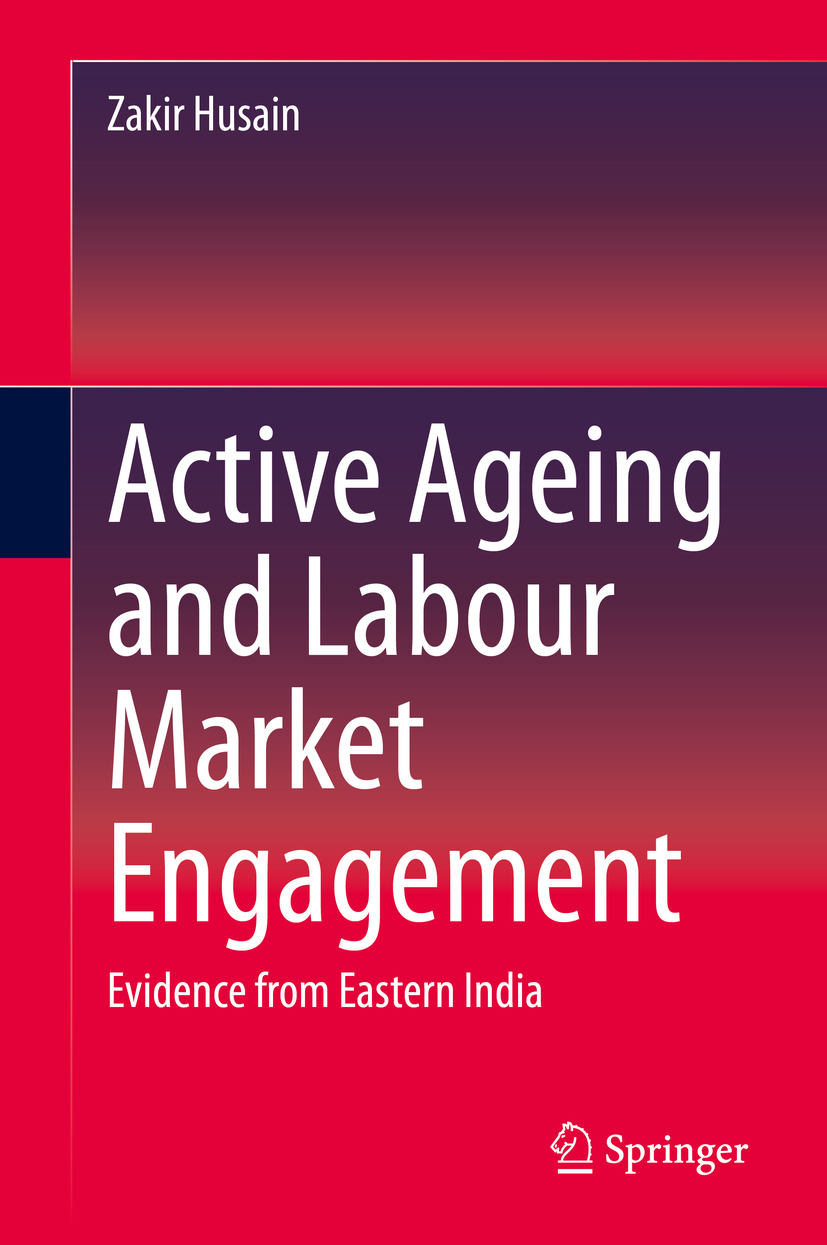Zakir Husain
Department of Economics, Presidency University, Kolkata, West Bengal, India
ISBN 978-981-15-0582-9 e-ISBN 978-981-15-0583-6
https://doi.org/10.1007/978-981-15-0583-6
Springer Nature Singapore Pte Ltd. 2020
This work is subject to copyright. All rights are reserved by the Publisher, whether the whole or part of the material is concerned, specifically the rights of translation, reprinting, reuse of illustrations, recitation, broadcasting, reproduction on microfilms or in any other physical way, and transmission or information storage and retrieval, electronic adaptation, computer software, or by similar or dissimilar methodology now known or hereafter developed.
The use of general descriptive names, registered names, trademarks, service marks, etc. in this publication does not imply, even in the absence of a specific statement, that such names are exempt from the relevant protective laws and regulations and therefore free for general use.
The publisher, the authors, and the editors are safe to assume that the advice and information in this book are believed to be true and accurate at the date of publication. Neither the publisher nor the authors or the editors give a warranty, expressed or implied, with respect to the material contained herein or for any errors or omissions that may have been made. The publisher remains neutral with regard to jurisdictional claims in published maps and institutional affiliations.
This Springer imprint is published by the registered company Springer Nature Singapore Pte Ltd.
The registered company address is: 152 Beach Road, #21-01/04 Gateway East, Singapore 189721, Singapore
Acknowledgements
The study was funded by a grant from the Indian Council of Social Science Research, New Delhi, under its Major Research Project scheme. I am grateful to the ICSSR for providing me with the financial assistance to undertake the primary survey and obtain the necessary reference materials and other necessities to complete the project.
During the execution of the project, I received support from various sources that I gratefully acknowledge.
The following persons assisted in the execution of the survey: Ms. Debaki Sarkar and Mr. Roshan Ronghang (Field Supervisors); Dr. Kushal Kumar Sahu, Ms. Mousumi Samal, Mr. Navin Sahu, Ms. Payel Banerjee, Mr. Pravat Kumar Gupta, Mr. Ravi Kumar, Mr. Sourabh Dhar, and Mr. Subhajit Duttagupta (Field Investigators); and Mr. Sukumar Sarkar (Summer Intern). I would also like to thank Ms. Bijayalaxmi Mohanty and Ms. Poonam Priyadarshini Senapati for their assistance during the field survey at Bhubaneswar. Mr. Prabodh Pande (Summer Intern) prepared the data entry package in CS Pro.
The help extended by Ms. Nayantara Biswas, Research Assistant, was invaluable. She helped to clean and edit the data and also undertook the analysis. Chapter 1 was mainly prepared by her. She also painstakingly prepared the reference list, contents, and lists of tables and figures. The methodological manner in which she preserved her work greatly reduced my labour. Her careful editing rooted out many errors, while her willingness to learn was a source of inspiration. I wish her the best in her future academic career.
In addition, the following persons helped me to execute the work: Dr. Saswata Ghosh, Health and Demography Specialist, Centre for Health Policy, Asian Development Research Institute, Patna, who provided useful suggestions and contacts for the field survey; Dr. Debjani Roy, Head of Postgraduate Department of Geography, Nirmala College, Ranchi; and Dr. Sumantra Ray, Presidency University, who helped in the Ranchi component of the survey.
At the administrative level, Mr. Sumit Biswas, Deputy Registrar, Sponsored Research and Industry Cell, helped to smoothen all administrative and financial difficulties. The SRIC staff were super-efficient in finance-related matters of the project. Without their ready assistance, I would not have been able to complete the study.
I am particularly grateful to Dr. Inder Sekhar Yadav. He provided mental support and encouragement at all times and in all matters. This was invaluable to me in my work.
Last, but not the least, I am indebted to my mother and wife for their constant support and encouragement. They bore the brunt of my labour without complaint; while their prodding helped me to reinvigorate myself and jump again into the fray. It is said that women hold up half the sky; in my case, they held up an even greater share, for which I will be grateful to them.

